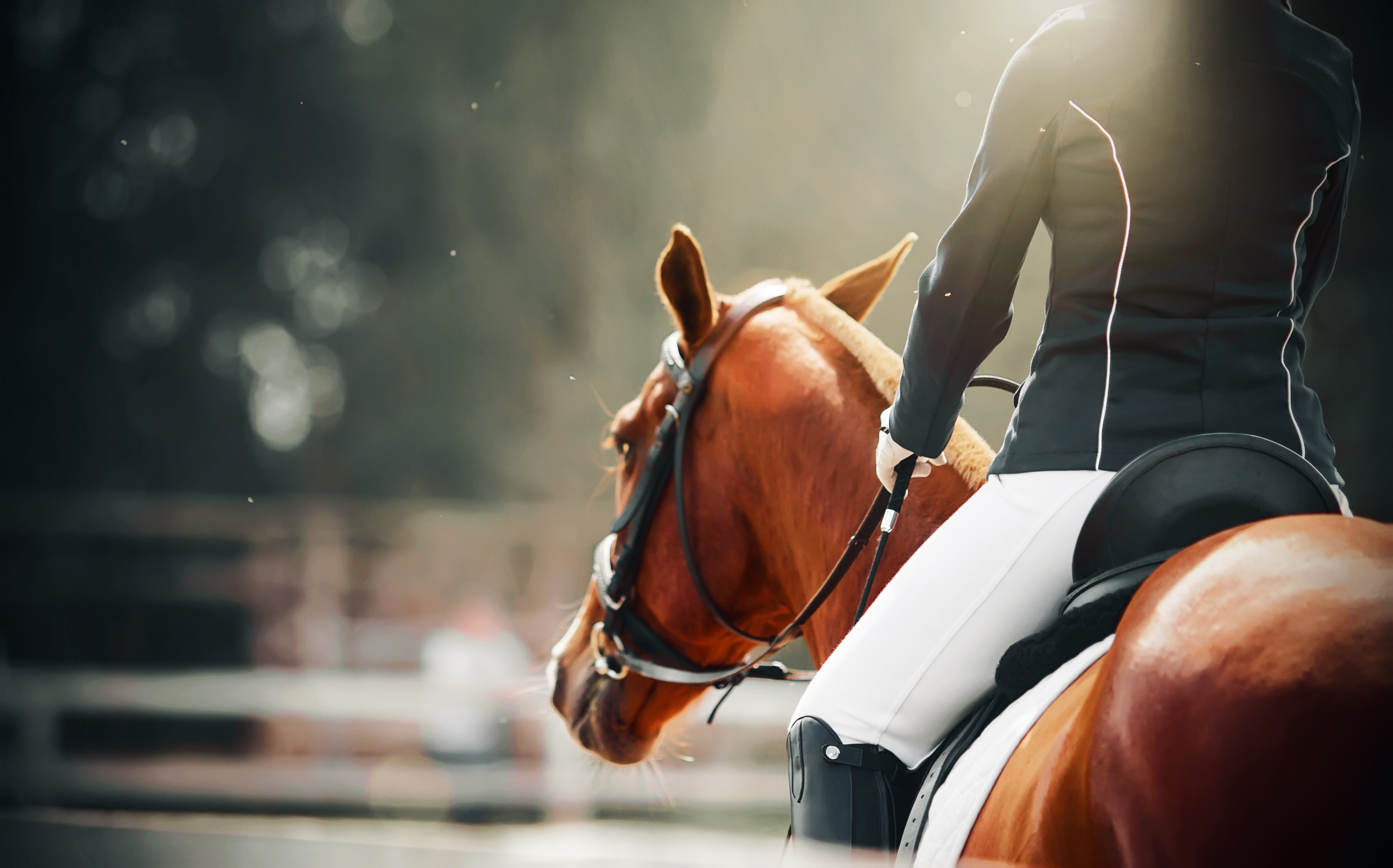Causes of a “Cold Back” in Horses
- March 25, 2025
- ⎯ Equus
A “cold back” has nothing to do with temperature but with a general soreness in a horse’s back muscles that subsides after he begins to move. A cold-backed horse sometimes “sinks” as the rider mounts, hollowing his back to avoid the pressure. Cow kicking when the girth is tightened or bucking just after being mounted are also signs of soreness. As the muscles stretch and flex and circulation increases, the horse usually improves dramatically.

Accommodations include tightening the girth gradually – one hole at a time instead of one big pull – and longeing the horse for a few minutes to loosen up his back before he has to bear the weight of a rider. But a cold back is not normal and shouldn’t be dismissed as a behavioral quirk. It is a sign of a problem with saddle fit, the rider’s technique, the horse’s conformation or a combination of all three. To root out the cause and eliminate it for good, you’ll have to do a thorough assessment of the situation
- Check the fit of the saddle and any pads you are using. A poor fit that concentrates pressure in a small area, such as a too-small saddle, can quickly “chill” a back. A better-fitting saddle is the best cure.
- Assess the horse’s overall fitness and “carriage” under saddle. Horses who are ridden infrequently or in a “hollow” frame may never develop sufficient back muscles to carry a rider comfortably. More frequent riding, coupled with specific techniques to encourage the horse to stretch and “lift” his back, strengthens the muscles that bear the rider’s weight.
- Consider the conformation of your horse’s back. A back that is proportionately too long, swayed or roached has inherent weaknesses for which you’ll need to compensate. A custom-fitted saddle and appropriate pad in combination with a consistent fitness regime are critical for the health of structurally weak backs.
Don’t miss out! With the free weekly EQUUS newsletter, you’ll get the latest horse health information delivered right to your in basket! If you’re not already receiving the EQUUS newsletter, click here to sign up. It’s *free*!





